Types of vegetative propagation and its definition
in this topic we know about types of vegetative propagation and its definition.
Table of Contents
Definition of vegetative propagation
Vegetative propagation definition is vegetative propagation or vegetative reproduction is the process of multiplication in which portion of fragments of plant body function as propagate and develop into new individual.
Some of plants are able to multiply by vegetative methods which involves production of new plants without the act of fertilization.
Vegetative propagation is asexual reproduction of plant in which the new individual arises from any part of parents like root stem and leaf.

Types of vegetative propagation and its definition
Types of vegetative propagation
Plants may be propagated artificially by vegetative means by working on natural principle. There are two types of vegetative propagation natural methods of vegetative propagation and artificial method of vegetative propagation
A) artificial methods of vegetative propagation
B) natural methods of vegetative propagation
artificial method of vegetative propagation
Gardeners and horticulturist have employed the various methods of vegetative propagation adopted by plants in nature for the quick production of new plants combining good quality of two different varieties
Following are the artificial methods of vegetative propagation
◆you should also visits our website https://biologysir.com and other website for civil engineer calculation at civilsir.com
■ follow on YouTube
1) cutting :- a cutting is separated portion of root stem or leaf it is very common method of artificial vegetative propagation in sugarcane, Rose, citrus plant, grapes, coca and bougainvillea.
A cut portion of plan put in the soil care taken that nodes which were lower in parents body are put in the soil and higher nodes are kept up. These days special growth hormone indole Acetic Acid, indole butyric acid and naphthalene acetic acid are applied in dilute quantity to lower end of stem cutting for the quick production of adventitious roots. Favourable time for planting of cutting is the spring season.
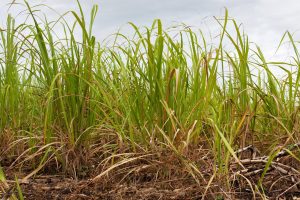
Cutting in sugarcane
2) grafting :- grafting is performed between two plants of closely related variety, the plant of which the root system is to be taken is called stock and the other of which shoot system is to be used is known as scion.
follow on YouTube
◆name of fathers in field of Biology
● all full forms of 11th and 12th Biology
Stock is generally bears strong root system for example desi mango and scion has desired variety of flowers for fruit for example dussehari mango having weak root system. The success of the grafting mostly depends upon the union of the cambium of scion and stock which result in organic connection between them.cut surface should be held together tightly by wrapping
3) budding :- in budding process a bud with small portion of surrounding bark is taken from stem of Desire plant. Then it is inserted into a small slit made in bark of stock both are tied together and not allowed to dry. This method is widely practices in rose
4) layering :- in this layering method stem branch chosen for propagation remain attached to parents till it has produce adventitious roots.
a) ground layering :- in ground layering system is capable of bending and the selected branch is bent down to the soil. Portion of stem which touch the soil is cleared of leaves.
An injury is made on it by cutting a shallow ring around that is known as a ringing or by giving oblique upward cut on bent portion of the layer at the node is tonguing. or by V shaped cut at the lower side of bent portion of layer is notching. Injured parts can be treated with auxine hormone to stimulate the formation of adventitious roots for example Jasmine and strawberry.
b) air layering :- in air layering bark of the chosen branch is cut by ringing near the base. This injury initiate root formation. Cut area is treated with auxines harmons. Then A ball of sphaganum moss is placed around the cut portion , it is kept moist and enclosed in polythene bag, when the roots appear the stem is cut below the levels of roots and planted this method is also known as Gootee.
This method of artificial vegetative propagation is widely used in plant like Litchi citrus pomegranate and guava.
Natural methods of vegetative propagation
Among seed plants vegetative propagation by natural method is very common vegetative organ such as root stems and leaves bears adventitious bud and bring about the formation of new plants
1) vegetative propagation by roots
The roots of some plants develop adventitious Buds on them like guava and sheesham and sweet potato
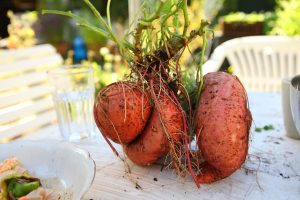
Vegetative propagation by roots in sweet potato
2) vegetative propagation by stems
Rhizomes reproduce by vegetative reproduction in banana Ginger and turmeric and Corm like Kachaloo and bulb like garlic and onion
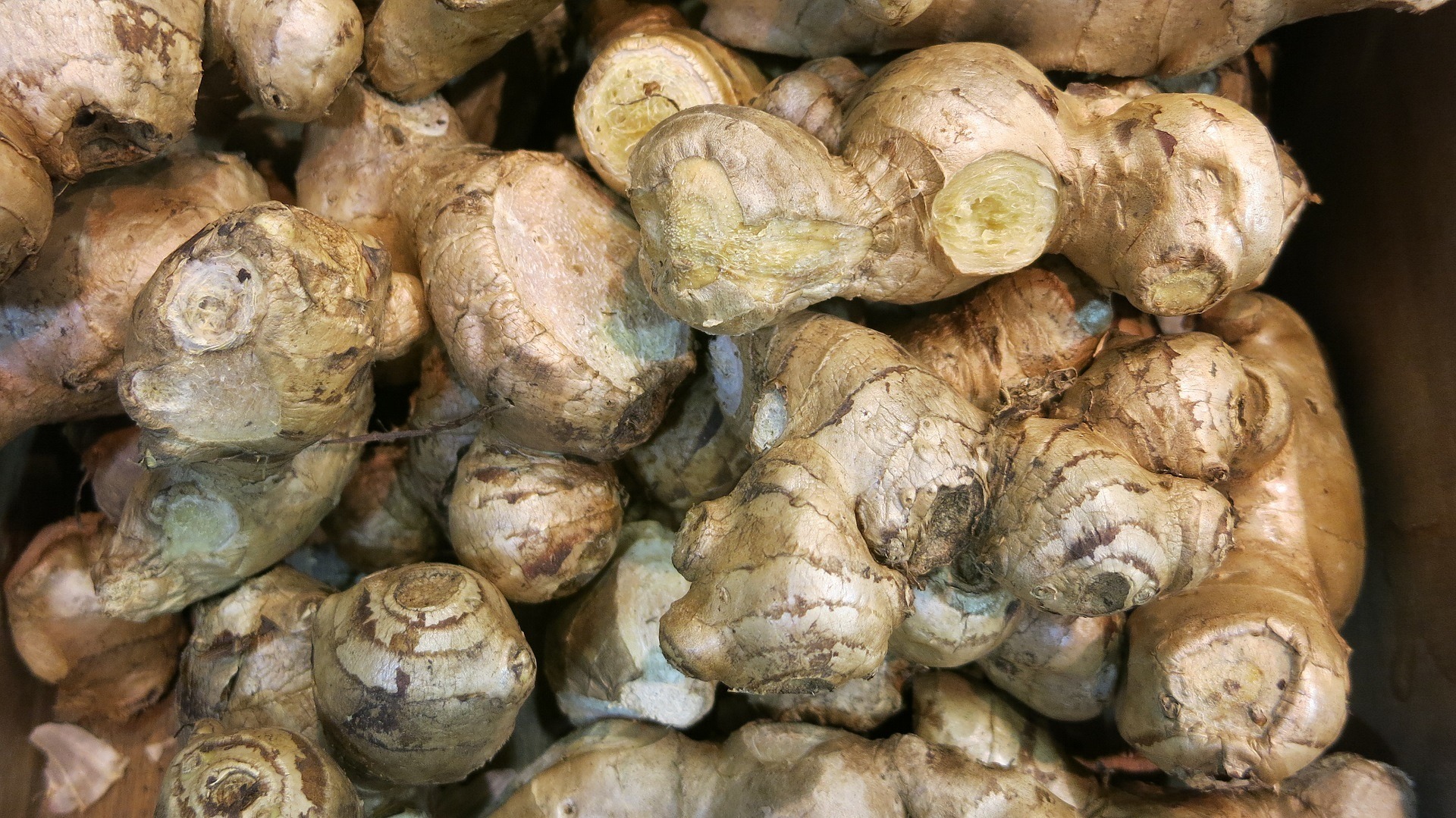
Rhizome of Ginger

Bulb of onion
Stem tuber in potato
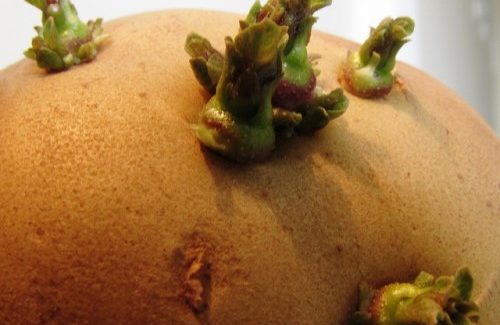
Stem tuber in potato
Runner in doob grass
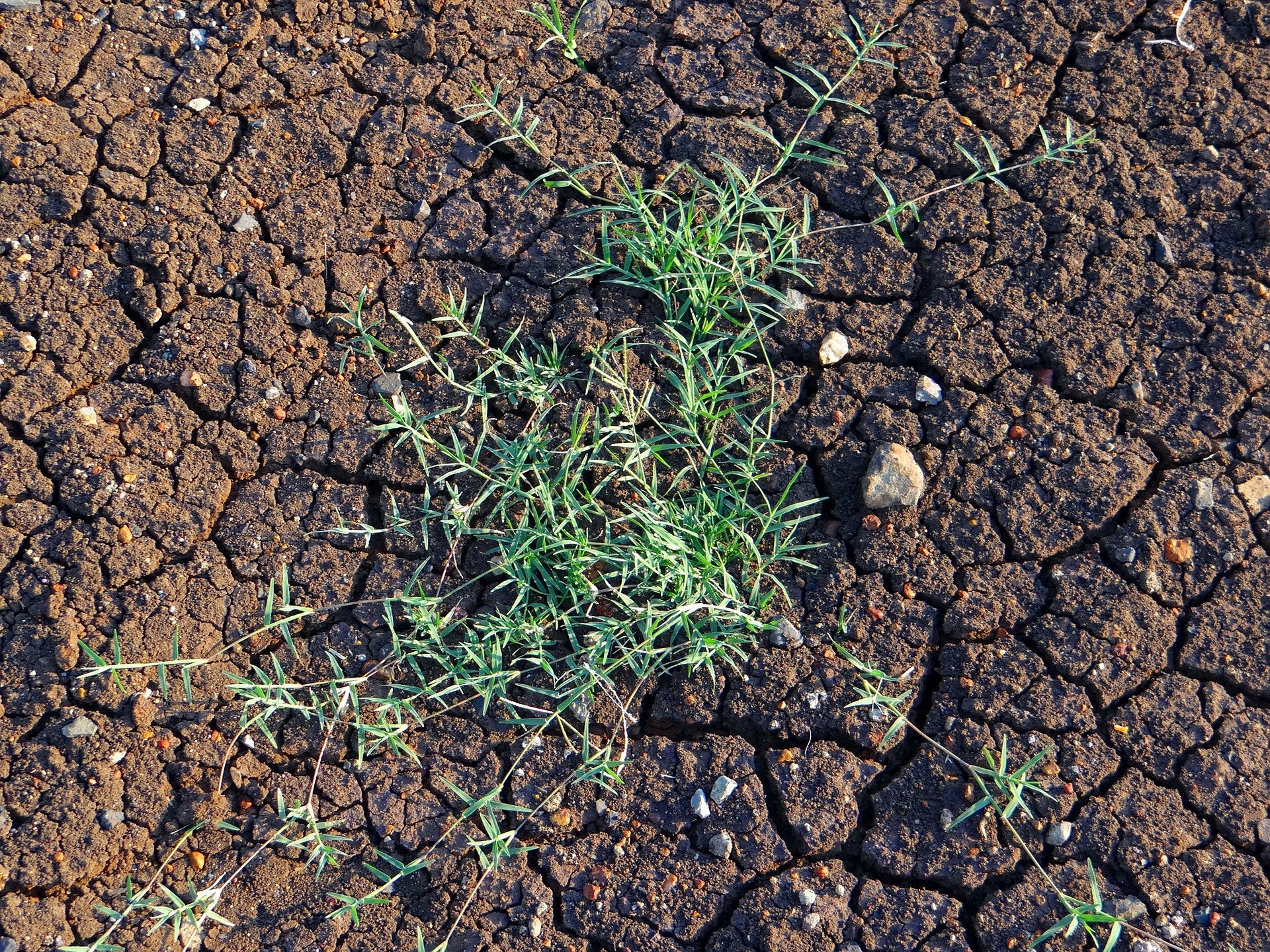
Runner in Doob grass
3) vegetative propagation by leaves
Bryophyllum plants

Vegetative propagation by leaves in bryophyllum




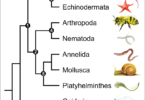

Leave a Comment